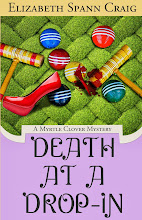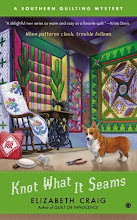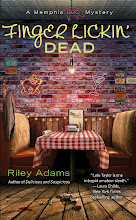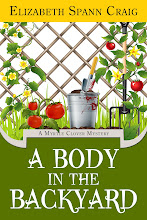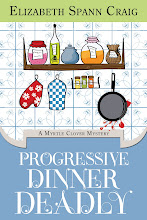So you're busily cooking up your mystery recipe, fully realizing some innocent victim or two will die as a result of tasting it. One of the most important ingredients in your fatal stew is the suspect.
Choosing suspects: Who murdered your victim? Suspects aren't usually eager to be classified as such. It's up to your police detective or sleuth to connect the dots. Was there a public argument between your victim and suspect? Did your victim confide in their friend about a suspect (if so, is the friend in danger, too?) Would the suspect gain monetarily from the victim's death? Was there another obvious reason besides money (revenge, love, hate) that could have motivated a suspect? Who was close to your victim? Who loved or hated him?
Number of suspects: Try not to bog your reader down with too many suspects. If you're writing a 65,000-- 85,000 word book, cramming in ten suspects with varying motives, means, and opportunity can make the plot pretty confusing. Usually, the smaller the number of suspects, the better. Cozies frequently confine the number of suspects to five or six and let the reader get well-acquainted with them.
Suspect names: Try not to name your suspects with similar-sounding names or with names that start with the same letter (if you have a Kate, don't have a Karen.) You don't want your reader to find out the name of the killer and then have to flip through your book to find out who they were.
Suspects who move along the plot: Your suspects are going to want to stay out of jail. To do this, they might lie about their motive or opportunity or implicate other suspects. If their implications are false (or don't lead to the actual killer), they're red herrings. The suspects can also provide genuine clues to the murderer (perhaps a clue that the suspect doesn't even realize is key to the case) or can clumsily reveal their own guilt (accidentally breaking their alibi, revealing knowledge that only the killer could know, displaying guilt, nervousness, or other out-of-character traits.)
Suspect deaths: Sometimes mystery writers will kill one of the book's prime suspects. Not only can this add more urgency to the plot (this murderer must be caught before he/she can kill again), but it can add another layer of depth to the mystery--why was this particular suspect killed? What did they know?





